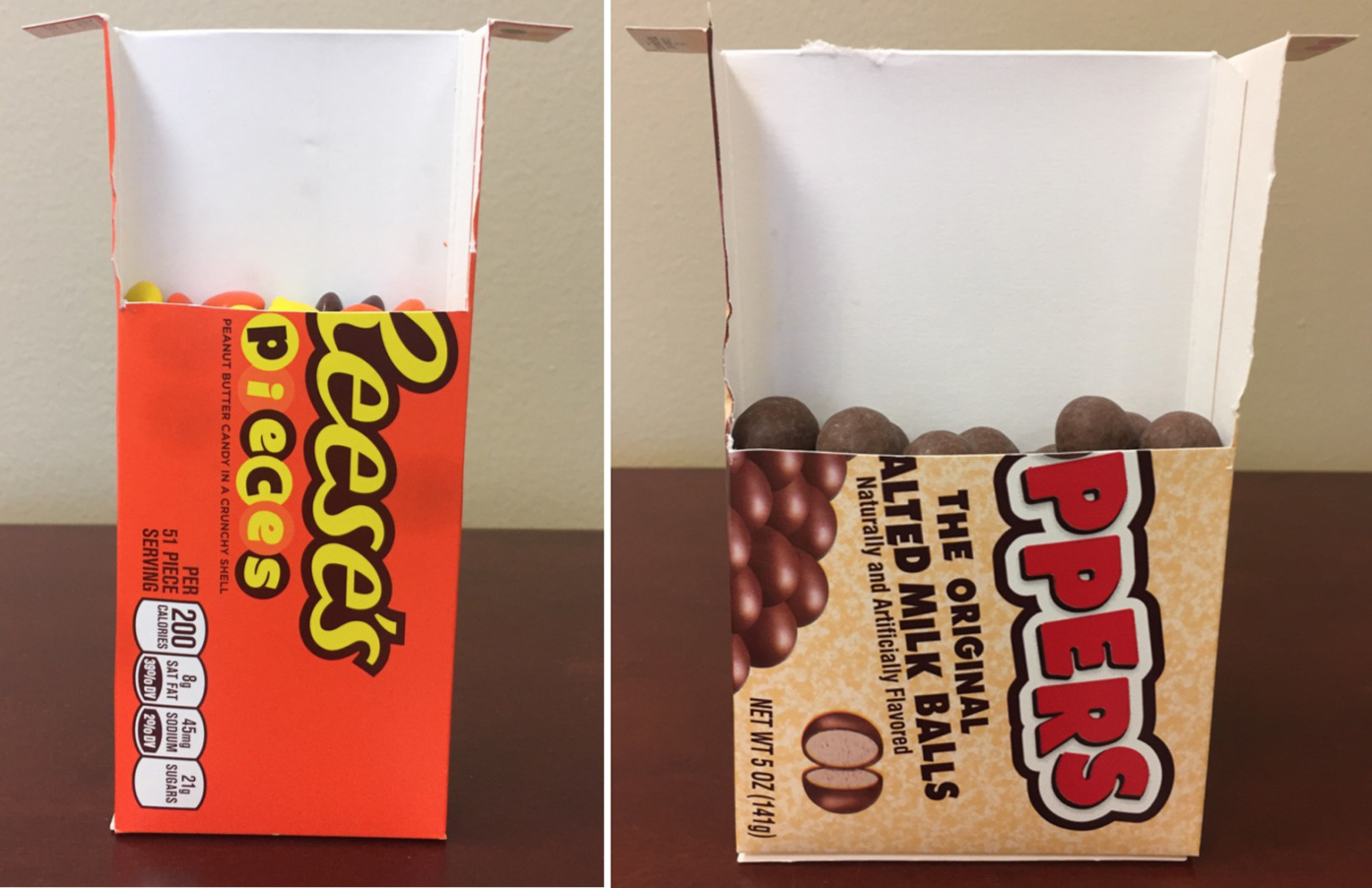Sure, it’s vaguely annoying that boxes of candy aren’t full all the way to the top, but most people don’t file federal class actions over a lack of peanut butter candies. A man in Missouri has done exactly that, claiming that boxes of Reese’s Pieces and Whoppers that he purchased were dramatically under-filled. [More]
slack fill
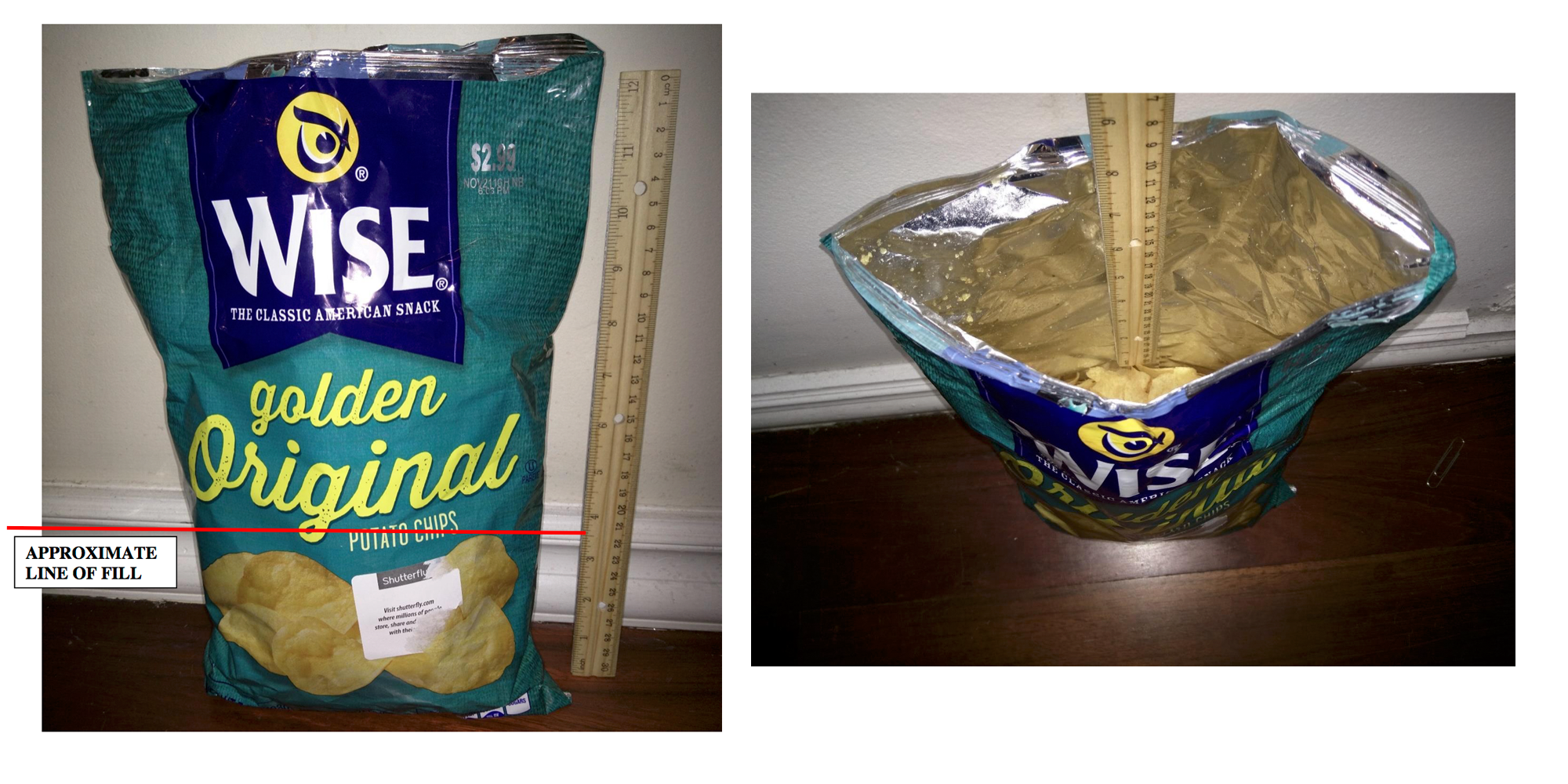
When Does The Extra Space In Your Potato Chip Bag Go From Annoying To Deceptive?
If you have two bags of potato chips with the same size packaging, containing the same weight of potato-based snacks, does it matter if one of those bags also contains more empty space? It does to two customers who have accused Wise of misleading shoppers by selling bags of snacks with lots of air. [More]
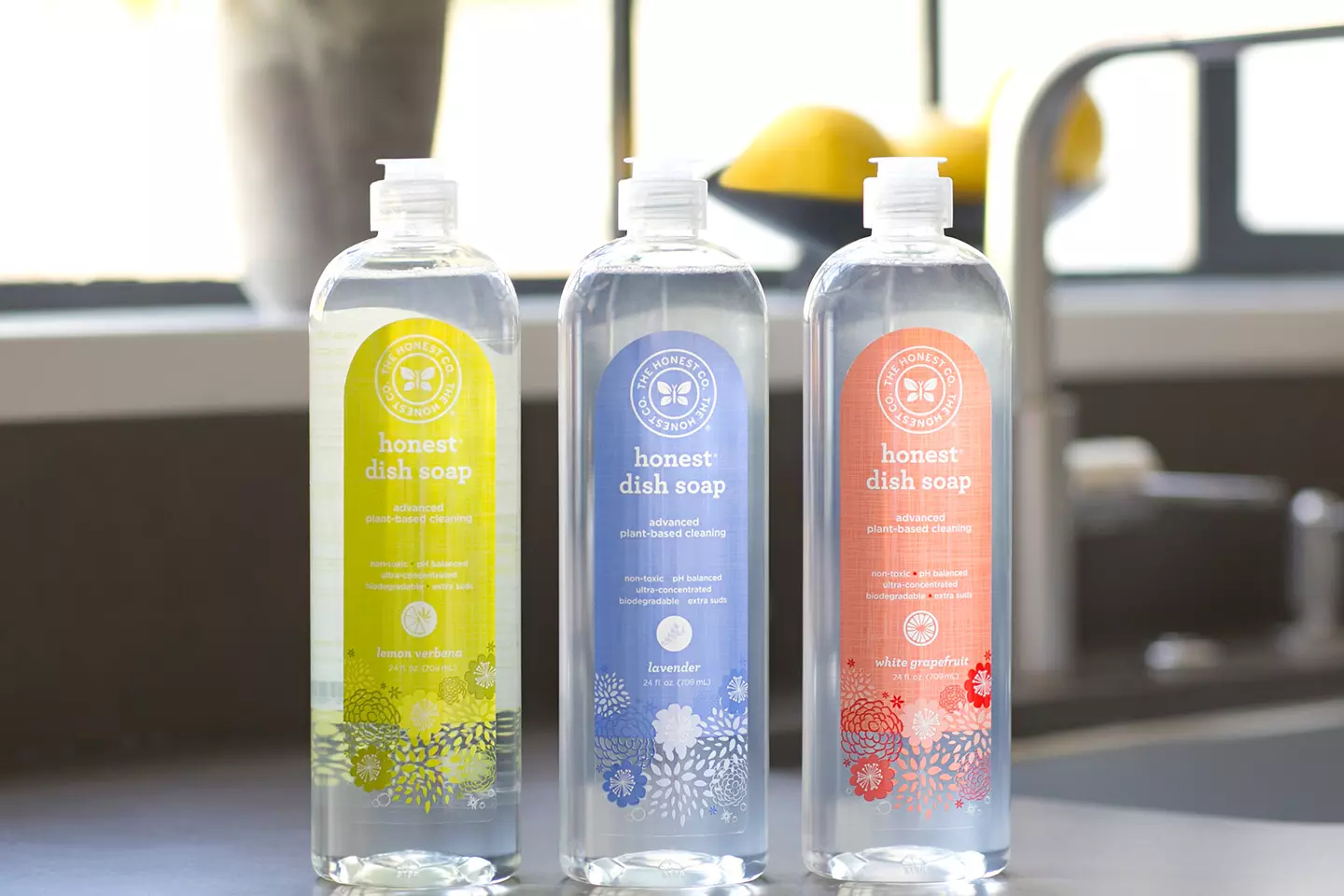
Honest Co. Replaces Under-Filled Dish Detergent Bottles With Accurate Ones
We know when we go shopping that containers will usually have a bit of empty space at the top, a phenomenon called slack fill. In the case of Honest Co.’s popular dish detergent, bottles were under-filled by about 10%, and may have contained less detergent than stated on the label for years. [More]
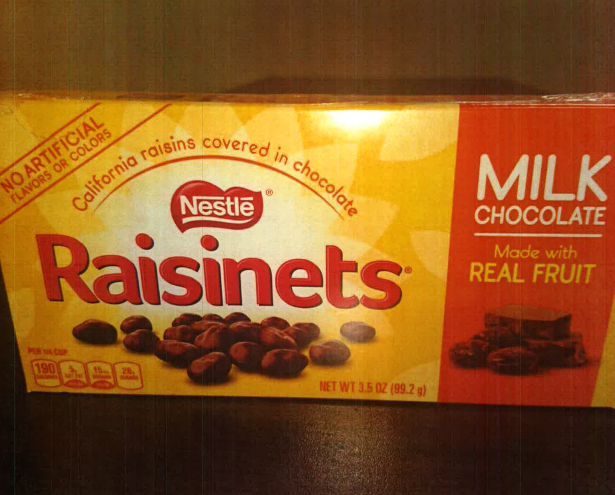
Are Nestlé’s Raisinet Boxes “Recklessly” Under-Filled?
By now most Consumerist readers are familiar with the Grocery Shrink Ray, where the amount of a product in a package shrinks over time to keep the price of the product consistent without decreasing profits. Sure, that’s annoying and perhaps a bit misleading, but the Shrink Ray’s sneakier twin — slack-fill — is even worse, and now it’s the reason for a class-action seeking lawsuit against Nestlé, accusing the candy company of “recklessly” underfilling its Raisinets boxes. [More]
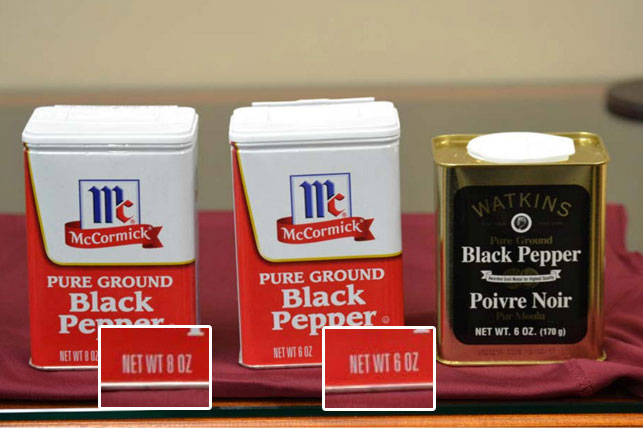
Watkins Lawsuit Over Pepper Tin Sizes Will Go Forward In Federal Court
If the outside of a food package is the same, especially for a food you don’t buy very often, do you notice? Longtime Consumerist readers might, but most people wouldn’t. Last year, spice giant McCormick quietly shrank down the contents of its boxes of black pepper, but kept using the same size container. Tiny competitor Watkins noticed, and filed a federal lawsuit against McCormick accusing it of false advertising. A judge decided this week that the lawsuit could go forward. [More]
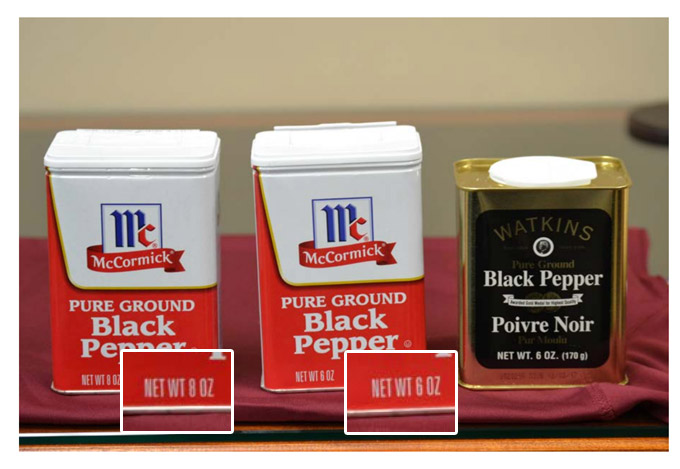
Slack Fill: The Grocery Shrink Ray’s Sneakier Twin
What does it mean to under-fill a consumer product package? We’ve all opened boxes and bags that seemed more full before we saw what was inside, or a few tiny over-the-counter pills in a bottle stuffed with cotton. When is this considered “misleading,” and when is it just a normal thing that protects products? [More]
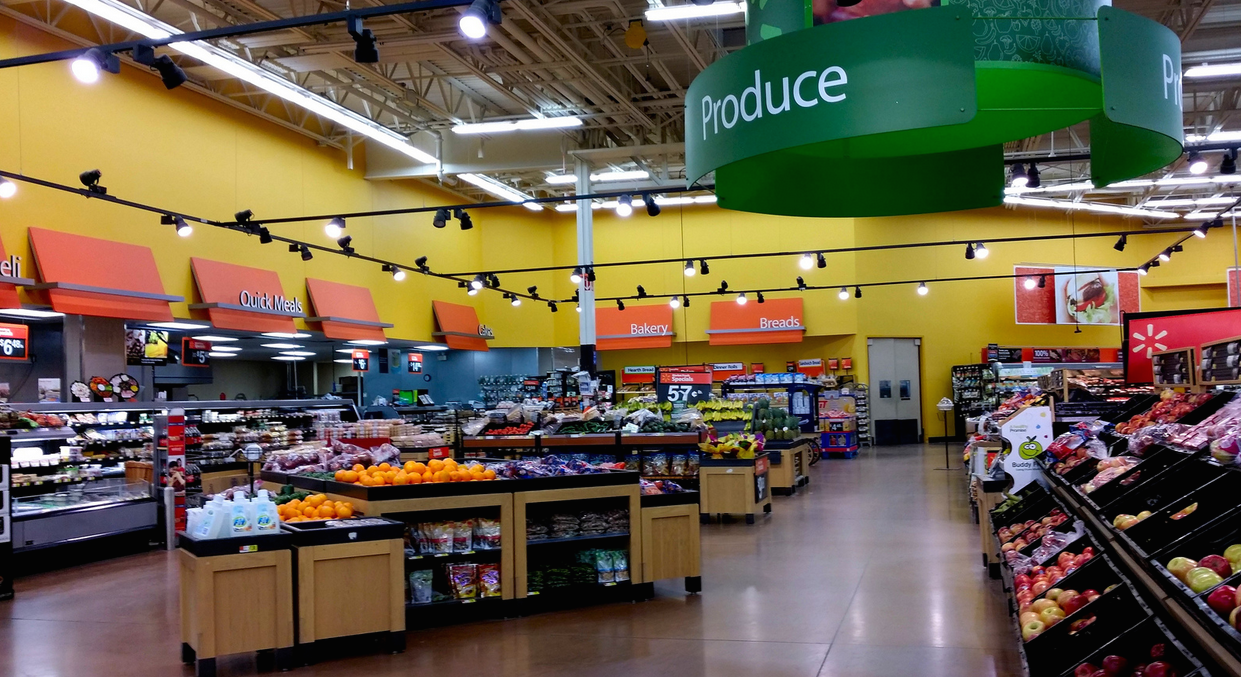
Walmart Advises Manufacturers Against Misleading Packaging
In apparent response to increased scrutiny on retail overcharging and manufacturers who are trying to hide the fact that customers are getting less than they used to, Walmart has asked its suppliers to make sure that their packaging isn’t misleading to customers. [More]

Procter & Gamble Settles With California Over Allegedly Misleading Moisturizer Boxes
When an item is costly by the ounce and comes in very small containers, how can you make the product seem more substantial while also making it harder to steal? Many companies that make expensive things to smear on your face solve this problem by adding a false bottom to jars. Procter & Gamble’s Olay brand was accused of doing this by four California counties, and has agreed to settle the lawsuit by changing the product’s packaging and paying a civil penalty. [More]


